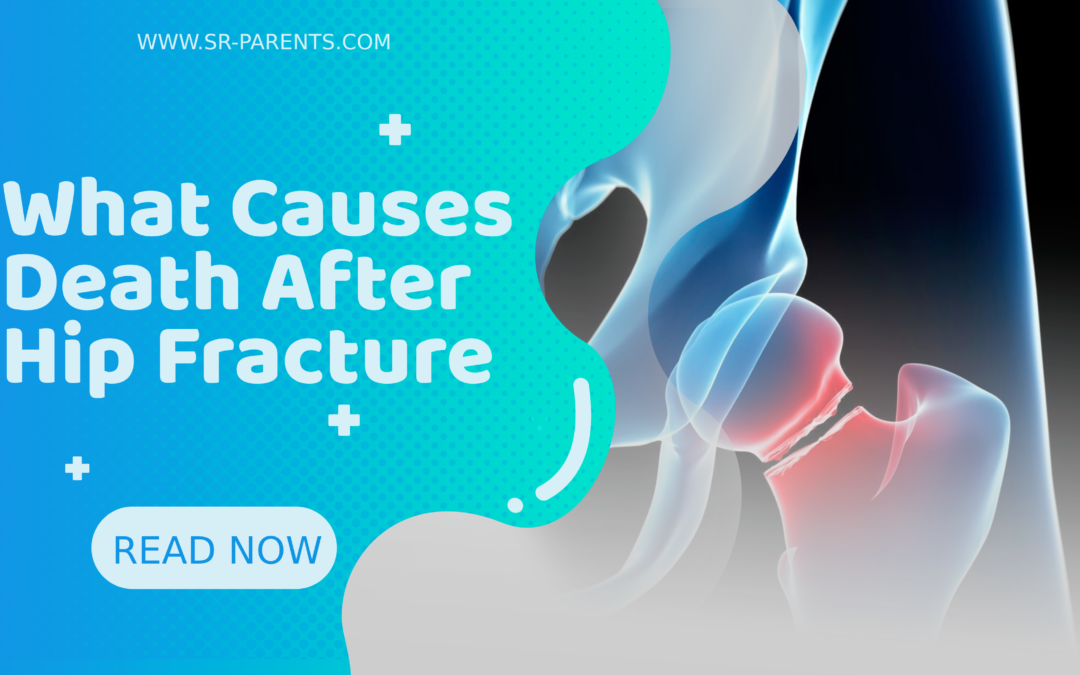“Explore the critical question: ‘What causes death after hip fracture?”
Life can be a tricky journey, full of unexpected twists and turns. And one of those tricky parts, especially as we get older, is hip fractures.
Picture this: you are cruising through life, feeling strong, and then bam! A hip fracture hits, and suddenly, everything changes.
A hip fracture can cause serious complications, leading to death. Numerous studies have shown that one out of three adults aged 50 with a hip fracture die within a year. In addition, the risk of death in the initial three months in older adults with hip fractures is five times higher than in young adults.
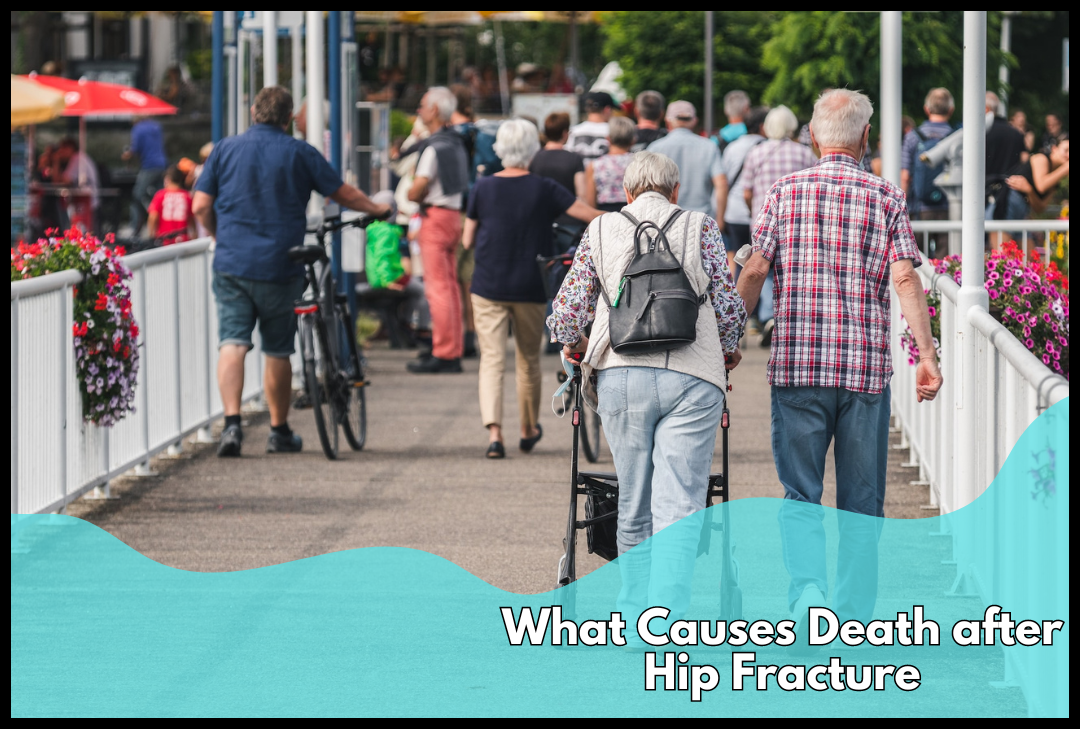
Beyond the numbers, the aftermath of a hip fracture reshapes life as we know it. Mobility and independence take a hit, leaving victims fighting with intense pain. They experience a sudden loss of social connections that often morph into isolation.
So, what causes death after hip fracture?
What are the risk factors?
And what is the life expectancy after hip fracture?
This article discusses the ins and outs of hip fractures in older adults. We will discuss risk factors, why hip fractures cause death, and ways to improve the outcome.
Contents
Hip Fractures in the Elderly?
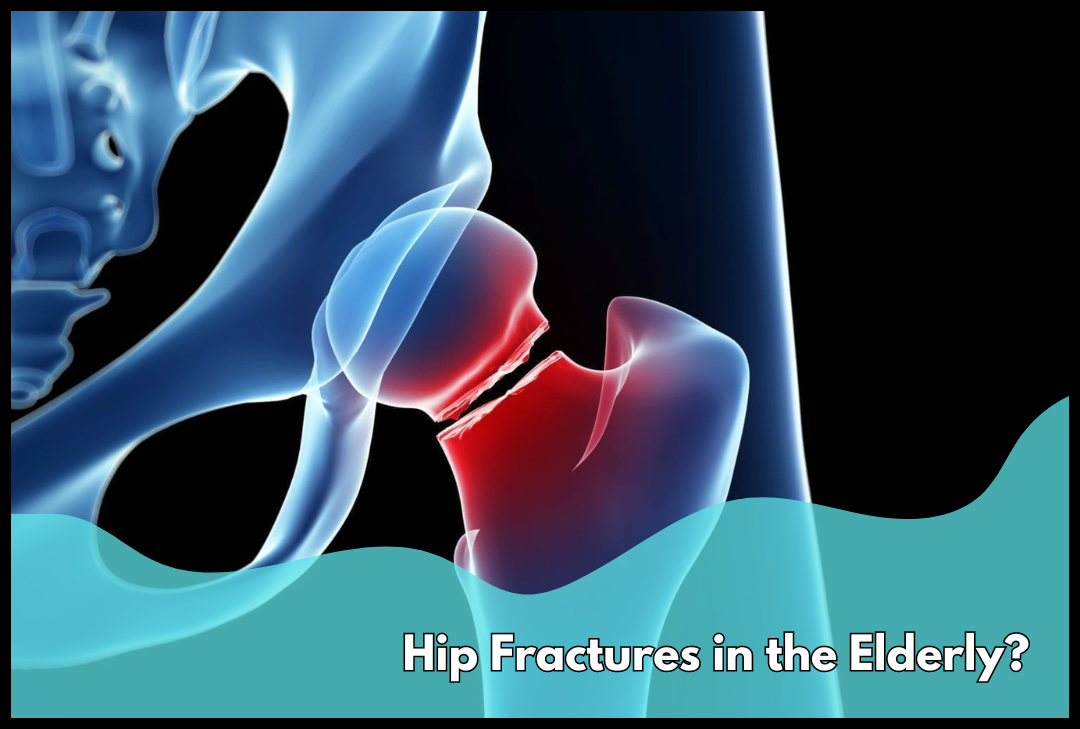
A hip fracture means a break in the upper third of the thigh bone (femur) or the vicinity of the hip joint. It is one of the most severe fall injuries in older adults with life-threatening outcomes.
Recovering from hip fractures is not easy. Many individuals with a broken hip lose their mobility and cannot live on their own.
The risk of hip fractures arises with age. As we age, our bones get weaker due to osteoporosis.
In addition, medications, poor vision, and inability to maintain balance also increase the risk of hip fractures. Treating a broken hip often always means having hip fracture surgery followed by physical therapy.
Symptoms of Hip Fractures
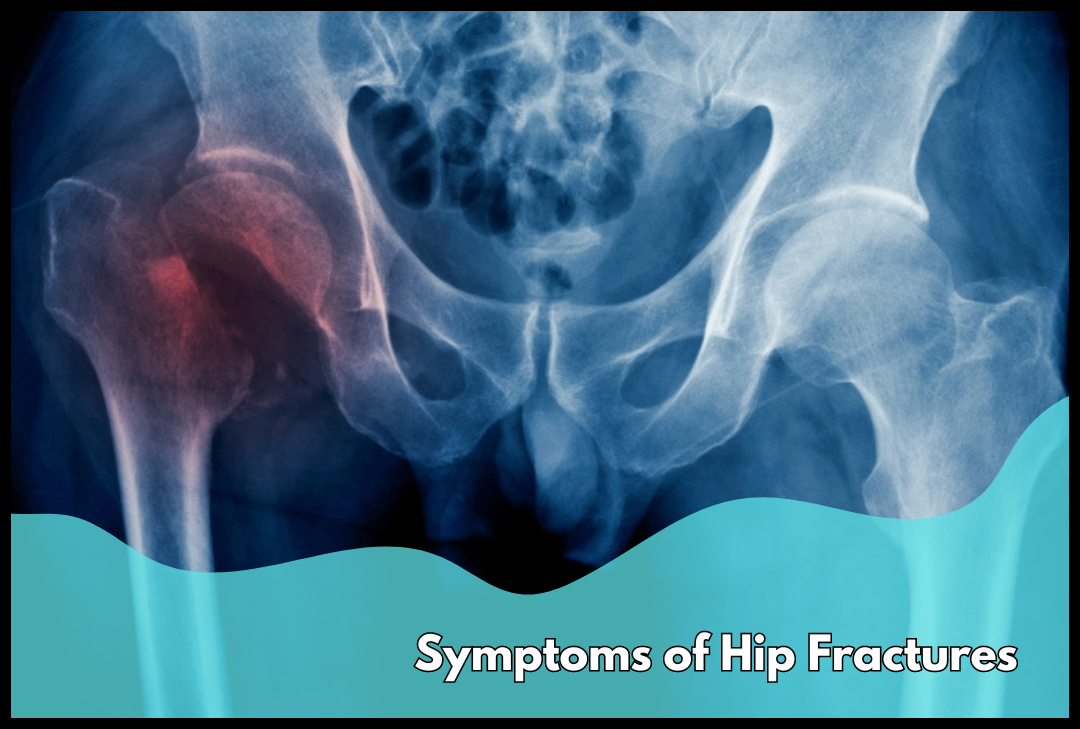
So, how do you know if you have a hip fracture? Well, there are some signs to look out for:
- Trouble Getting Up or Walking – Are you having difficulty getting up after a fall or have a hard time walking? This could be a sign of a hip fracture.
- Pain in the Hip or Groin – If your hip or groin hurts significantly, that is another signal.
- Can’t Put Weight on One Leg – If you can’t stand on the leg on the same side as your sore hip, that’s a clue.
- Bruising and Swelling – Look out for bruising and swelling around your hip.
- Shorter Leg – The leg on the side of the sore hip seems shorter.
- Leg Turning Outward – If your leg on the side of the sore hip turns outward, that’s something to pay attention to.
Many factors, like a car crash or a severe impact, can lead to hip fractures. However, a hip fracture usually happens in older adults due to a fall from a standing position. In addition, in individuals with weak bones, a hip fracture may arise even from standing on a leg.
Risk Factors for Hip Fractures
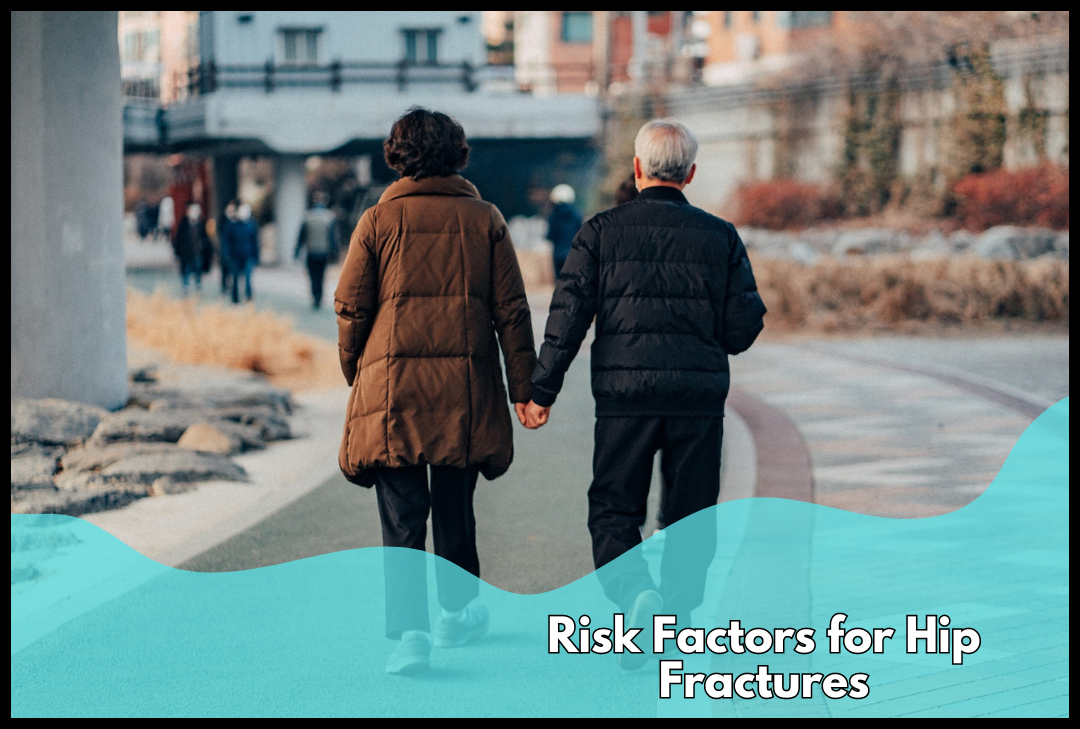
Many factors can trigger the risk of hip fractures in older people:
Age and Gender
Our bodies undergo significant changes as time passes, and some things become more common. Two key players in this game are age and gender, which can impact bone density and muscle mass.
These tend to decrease with age, making maintaining balance and good vision hard. This, in turn, increases the chance of taking a tumble.
Now, let’s talk about gender. Hip fractures tend to happen more often in women—about three times more than in men. Why? Well, women lose bone density faster, especially after menopause, when estrogen levels
drop, speeding up bone loss.
However, don’t think men are off the hook; they can also have a low bone density.
Poor Nutrition
A healthy diet is not just about a happy stomach. It is also crucial for bone health, including hips.
Inadequate calcium and vitamin D in young adults’ diets is the most common concern of lower bone mass. It elevates the risk of hip fractures in later years. It is vital to get an adequate calcium and vitamin D intake as we age to sustain bone density.
In addition, being underweight also speed up the bone loss process. Thus, a healthy diet rich in calcium and vitamin D is crucial for strong bones and reducing the likelihood of fractures as we age.
Medical Conditions
Patients with certain medical conditions also have an increased risk of hip fractures.
Osteoporosis, for example, makes our bones weak and increases the risk of broken bones. In addition, thyroid patients also have an increased risk of hip fractures. An overactive thyroid can cause brittle bones, raising the risk of fractures.
Moreover, the bodies of individuals with intestinal disorders struggle to absorb vitamin D and calcium. It makes their bones weaker, adding another layer of risk.
Furthermore, problems with balance present yet another facet of the equation. Conditions like Parkinson’s disease, stroke, and peripheral neuropathy amplify the risk of falling.
Sedentary Lifestyles
Lifestyle choices are critical in determining the risk of hip fractures. One of the essential factors is physical activity or the lack thereof.
Sedentary lifestyles contribute to weakened bones and diminished muscle strength. In addition, a lack of simple exercises like walking affects bone health adversely. It heightens the risk of falls and subsequent hip fractures.
What Causes Death After Hip Fracture?
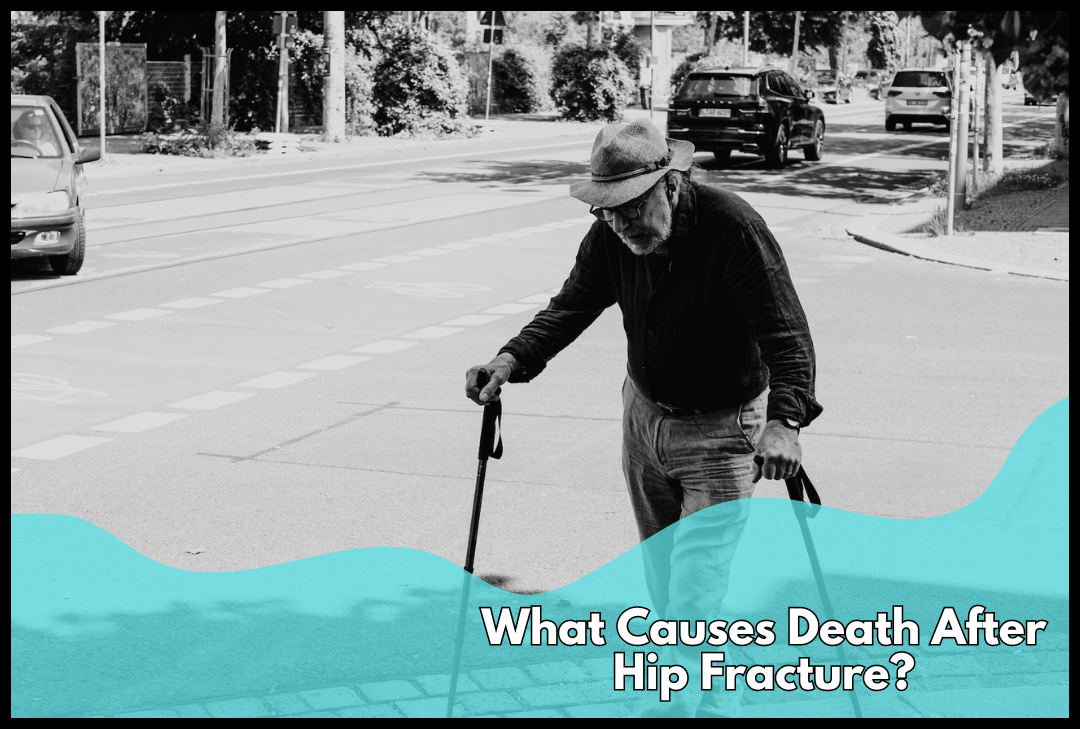
Hip fractures can lead to severe complications that, in some cases, can result in death. While the fracture itself may not be immediately life-threatening, the associated challenges and consequences significantly elevate health risks, especially in older individuals.
Loss of Mobility and Bed Rest
Hip fracture patients usually undergo a phase of immobilization and bed rest in the recovery process. However, extended bed rest is also linked to many life-threatening health conditions. These include pneumonia, blood clots, and infections.
The passive nature of prolonged bed affects respiratory function. Patients struggle to breathe, fostering the development of pneumonia.
In addition, being immobile increases the likelihood of blood clots. If dislodged, these blood clots can travel to vital organs and become fatal.
Surgery Related Risks
Surgical intervention is common in treating hip fractures. And, like any surgery, it comes with inherent risks, particularly in older individuals.
One significant concern for hip fracture patients is the increased risk of infections. These infections often arise from surgical procedures or prolonged bed rest during recovery. Such infections can escalate, leading to severe systemic health.
Beyond infections, there are additional risks that demand a more careful approach. Anesthesia-related issues constitute a noteworthy risk, particularly in older individuals with age-related changes.
The management of anesthesia has its own set of challenges. It requires a careful approach to ensure patients’ safety.
Furthermore, hip fracture patients have the risk of heart-related issues during and after hip surgery. The stress of the operation, combined with existing heart issues, can be severe. Thus, checking patients before surgery and monitoring them afterward is crucial.
Video Credit: Prevea Health
Enhancing Patient Outcomes: Effective Strategies
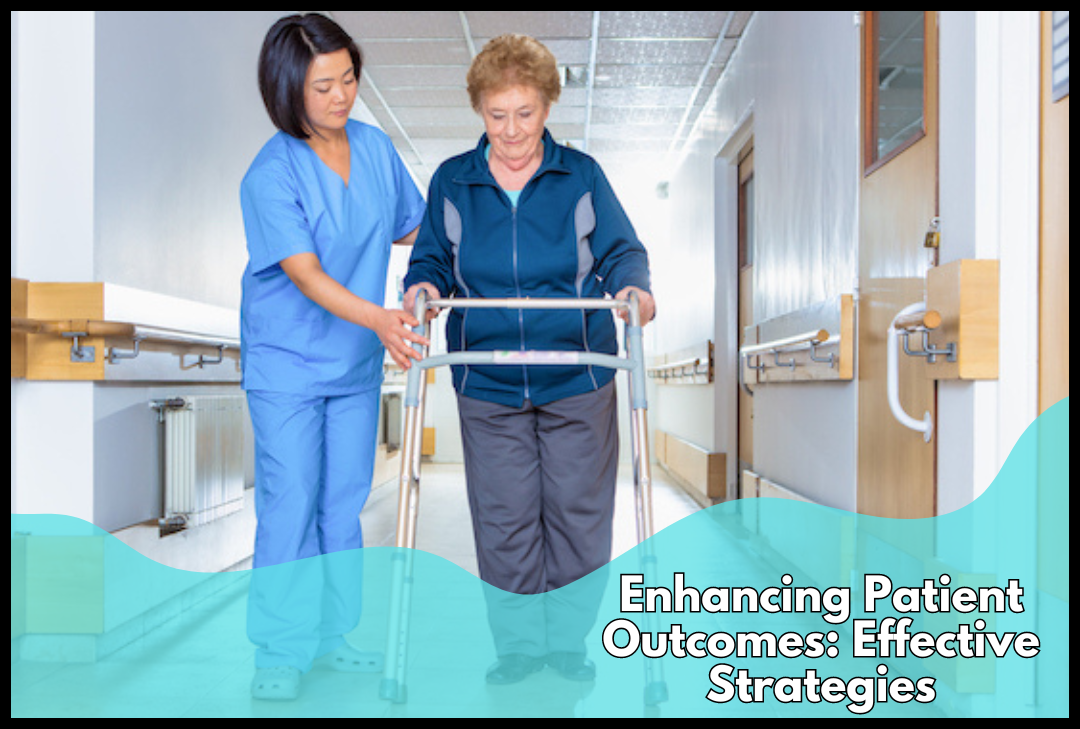
So, what can you do to improve patient outcomes? Well, managing post-surgery pain and symptoms is crucial for an enhanced outcome. In addition, increased independence and prompt care are also vital.
Prioritize Mobility
Emphasizing mobility is crucial for an improved outcome. Patients with a hip fracture should get treatment focused on restoring mobility. It may include exercises to enhance range of motion, aquatic therapy, and strength training.
In addition, even if surgery isn’t pursued following a hip fracture, therapy remains vital. It is a critical player in mitigating the dangerous consequences of immobility.
Active Infection Care
Infections arising from hip fracture surgery can be life-threatening. Inadequate care for surgical wounds can contribute to mortality among patients. Thus, case management is critical to achieving positive outcomes.
Ensure rigorous aseptic standards and proper management of soft tissues. It is essential to prevent complications like sepsis.
Timely Orthopedic Intervention
Like other bone fractures, hip fractures also need immediate medical attention. Remember that delay in surgery boosts the risk of severe complications and raises mortality rates. Urgent intervention is essential for achieving optimal outcomes in hip fracture cases.
How to Prevent Hip Fractures in Seniors?
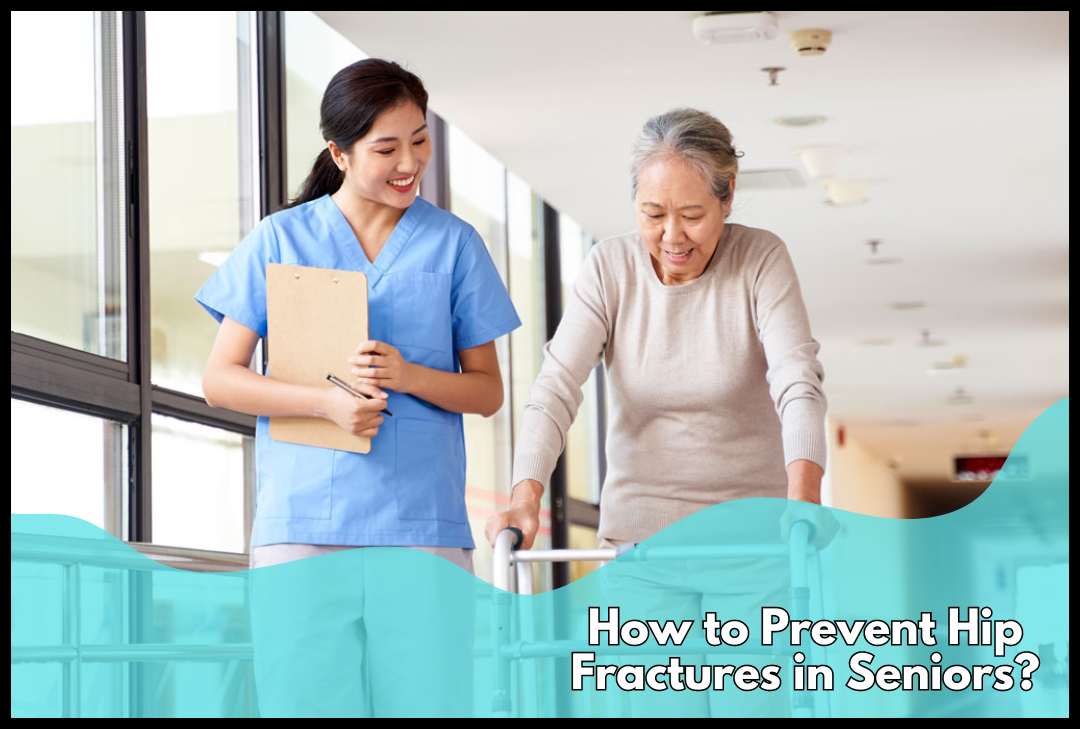
A broken hip after 80 is a prevalent health concern. However, healthy lifestyle choices can help avoid osteoporosis and hip fractures.
Remember, a balanced diet in early adulthood builds a higher peak bone mass and keeps bones healthy in later years. Taking the same precautions at any age can lower the risk of falling and enhance overall health.
Increase Your Calcium and Vitamin D Intake
Adequate calcium and vitamin D consumption is crucial. In general, older adults aged 50 and beyond should get 1,200mg of calcium and 600 international units of vitamin D daily.
Be Physically Active and Exercise Regularly
Weight-bearing exercises play a vital role in preserving optimal bone density. These exercises promote bone health, enhance strength, and lower the risk of falls.
Moreover, our ability to maintain balance diminishes as we age. Exercises that target balance can help prevent falls and promote stability.
These simple exercises can go a long way in keeping bones healthy and avoiding the risk of aging-related accidents.
Avoid Alcohol and Smoking
Tobacco and excessive alcohol lowers bone density, upping the risk of a hip fracture. Steering clear of smoking and moderating alcohol intake is a smart move. It can help reduce the likelihood of falls and fractures.
Wrapping Up
A broken hip after 80 is a severe health concern, often leading to life-threatening consequences. It makes patients immobile, and the recovery process can take months or even years. Most older adults experience a hip fracture due to osteoporosis.
Moreover, frailty is a significant factor in the increased risk of hip fractures. Frail individuals often have weakened bones, decreased muscle mass, and impaired balance. It makes them more prone to falls and subsequent fractures.
Understanding what causes death after hip fracture is critical for positive outcomes. Timely medical attention, effective rehab, and a team approach are vital in reducing risks linked to a hip fracture. In addition, raising awareness and promoting fall prevention can make a difference.
FAQs
What are some common post-surgical complications of a hip fracture?
Post-surgery complications of hip surgery can vary. However, some common ones include infections, blood clots, and pneumonia. Infections often arise due to surgery and prolonged bed rest.
Blood clots are a result of immobility and cause lung issues. In addition, patients often experience pneumonia due to less movement. The chances of these issues occurring depend on overall health, age, fracture type, and the kind of surgery done.
How does hip fracture age impact the occurrence and outcomes?
The impact of age on the occurrence and outcomes of hip fractures is significant. An older adult is more susceptible to a hip fracture due to factors like reduced bone density and balance issues.
In addition, older age often takes longer recovery times and increased complications post-fracture. The healing process may be slower, affecting overall outcomes and functionality.
Health issues that come with age make handling hip fractures in older adults more challenging. So, it is vital to understand and tackle the specific age-related challenges.
Do individuals with a hip fracture undergo surgery?
The decision to undergo hip fracture surgery depends on various factors. You should consult with a medical professional before having surgery.
In most cases, most patients with hip fractures undergo surgery. Surgery is vital to stabilize the fracture, relieve pain, and ease the recovery. Prompt surgical intervention can improve outcomes and reduce complications.
However, an individual’s health, age, and overall well-being also play a role in determining the most suitable course of action. You should discuss the dangers, benefits, and alternatives with a healthcare provider. It can help you make an informed decision based on the specific circumstances of the hip fracture and the individual’s health status.
Can you live with a broken hip after 80?
Living with a broken hip after 80 is challenging but possible with proper medical care and support. Treatment usually involves surgery to repair the fracture and ease the pain. Post-surgery, rehab, including physical therapy, is crucial to regain mobility and strength.
However, the recovery may be more extended and more demanding. Older adults might need help with daily activities. Support from family, caregivers, and healthcare professionals is essential. While it may take time and effort, many seniors can resume independence and quality of life after a hip fracture, even after age 80.
What is the best hip fracture treatment at home?
A broken hip after 80 is a severe condition with life-threatening consequences. It requires immediate medical attention. So, if you suspect a hip fracture, it is crucial to seek immediate medical help.
Moreover, the RICE technique (Rest, Ice, Compression, and Elevation) effectively manages hip pain at home. Ensure you get proper rest. Apply ice to reduce swelling. Use compression with a bandage and elevate the leg. Pain relievers can be helpful, and muscle relaxation ointments may also provide relief.
However, note that these measures are for pain management and may not be enough for treating a hip fracture.
Welcome to Senior Parents, Your Essential Guide for Aging and Elderly Care!
We strive to provide essential guidance on aging and elevate your experience caring for older adults.
Our mission is to empower you with practical insights, fostering a community that understands the unique challenges of senior care.
We have a wealth of information addressing common age-related challenges, offering practical strategies for enhanced well-being.
Join our vibrant social community for daily advice, fostering connections with like-minded individuals.
We believe in embracing the beauty of aging, ensuring your dear ones receive the best care possible.
Let’s navigate this journey together, creating a supportive environment for aging with grace.
Facebook: www.facebook.com/sr.parents
Instagram: www.instagram.com/seniorparents
Pinterest: www.pinterest.com/seniorparents
Twitter: twitter.com/senior_parents

